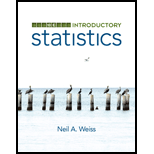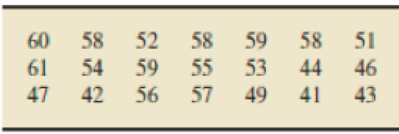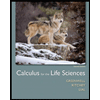
Left-Tailed Hypothesis Tests and CIs. In Exercise 8.105 on page 352, we introduced one-sided one-
significance level α, the null hypothesis H0: μ = μ0 will be rejected in favor of the alternative hypothesis Ha: μ < μ0 if and only if μ0 is greater than or equal to the (1 – α)-level upper confidence bound for μ. In each case, illustrate the preceding relationship by obtaining the appropriate upper confidence bound and comparing the result to the conclusion of the hypothesis test in the specified exercise.
a. Exercise 9.85
b. Exercise 9.86
9.85 Iron Deficiency? Iron is essential to most life forms and to normal human physiology. It is an integral part of many proteins and enzymes that maintain good health. Recommendations for iron are provided in Dietary Reference Intakes, developed by the Institute of Medicine of the National Academy of Sciences. The recommended dietary allowance (RDA) of iron for adult females under the age of 51 is 18 milligrams (mg) per day. The following iron intakes, in milligrams, were obtained during a 24-hour period for 45 randomly selected adult females under the age of 51.

At the 1% significance level, do the data suggest that adult females under the age of 51 are. on average, getting less than the RDA of 18 mg of iron? Assume that the population standard deviation is 4.2 mg.
(Note: x = 14.68 mg.)
9.86 Early-Onset Dementia. Dementia is the loss of the intellectual and social abilities severe enough to interfere with judgment, behavior, and daily

At the 1% significance level, do the data provide sufficient evidence to conclude that the mean age at diagnosis of all people with early-onset dementia is less than 55 years old? Assume that the population standard deviation is 6.8 years. (Note: x = 52.5 years.)
Want to see the full answer?
Check out a sample textbook solution
Chapter 9 Solutions
Introductory Statistics (10th Edition)
 Calculus For The Life SciencesCalculusISBN:9780321964038Author:GREENWELL, Raymond N., RITCHEY, Nathan P., Lial, Margaret L.Publisher:Pearson Addison Wesley,
Calculus For The Life SciencesCalculusISBN:9780321964038Author:GREENWELL, Raymond N., RITCHEY, Nathan P., Lial, Margaret L.Publisher:Pearson Addison Wesley,
